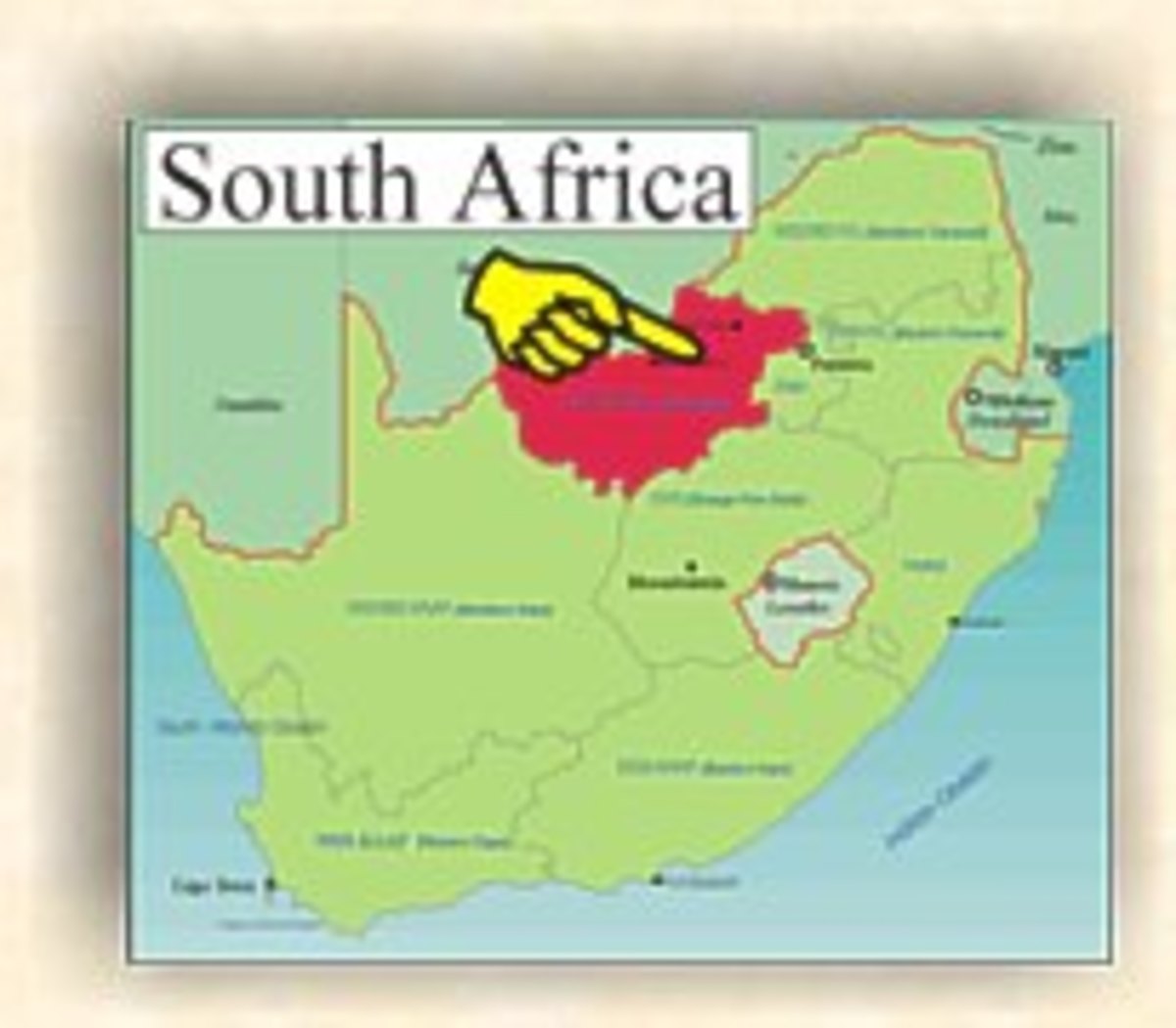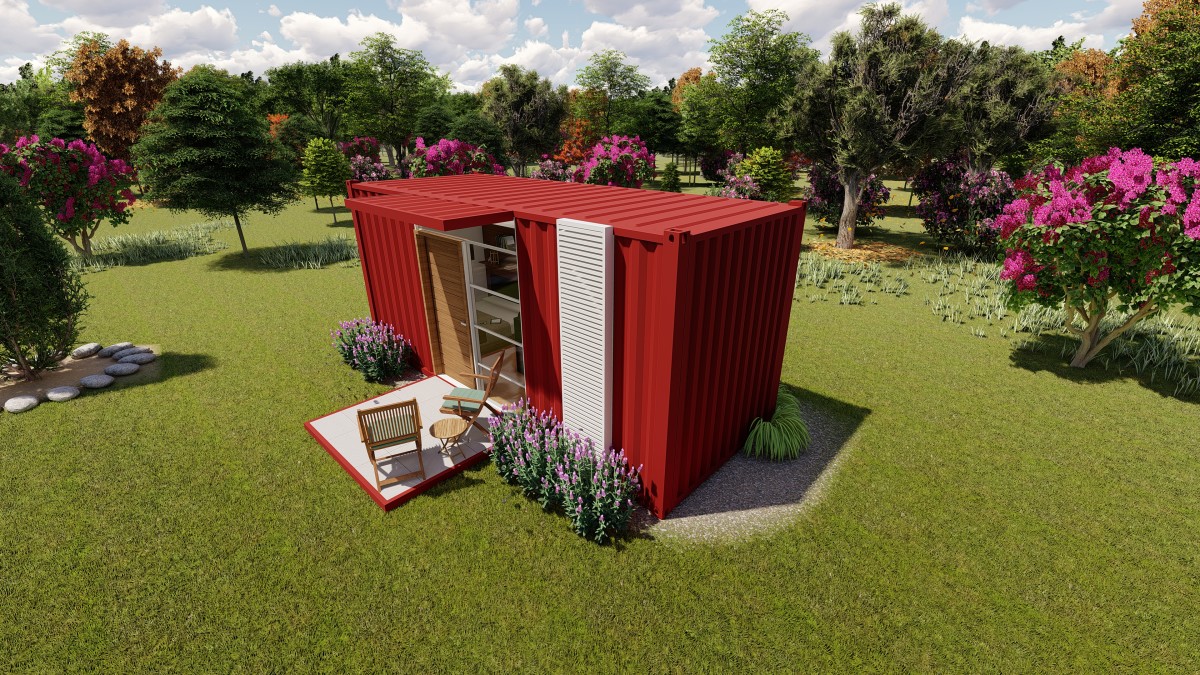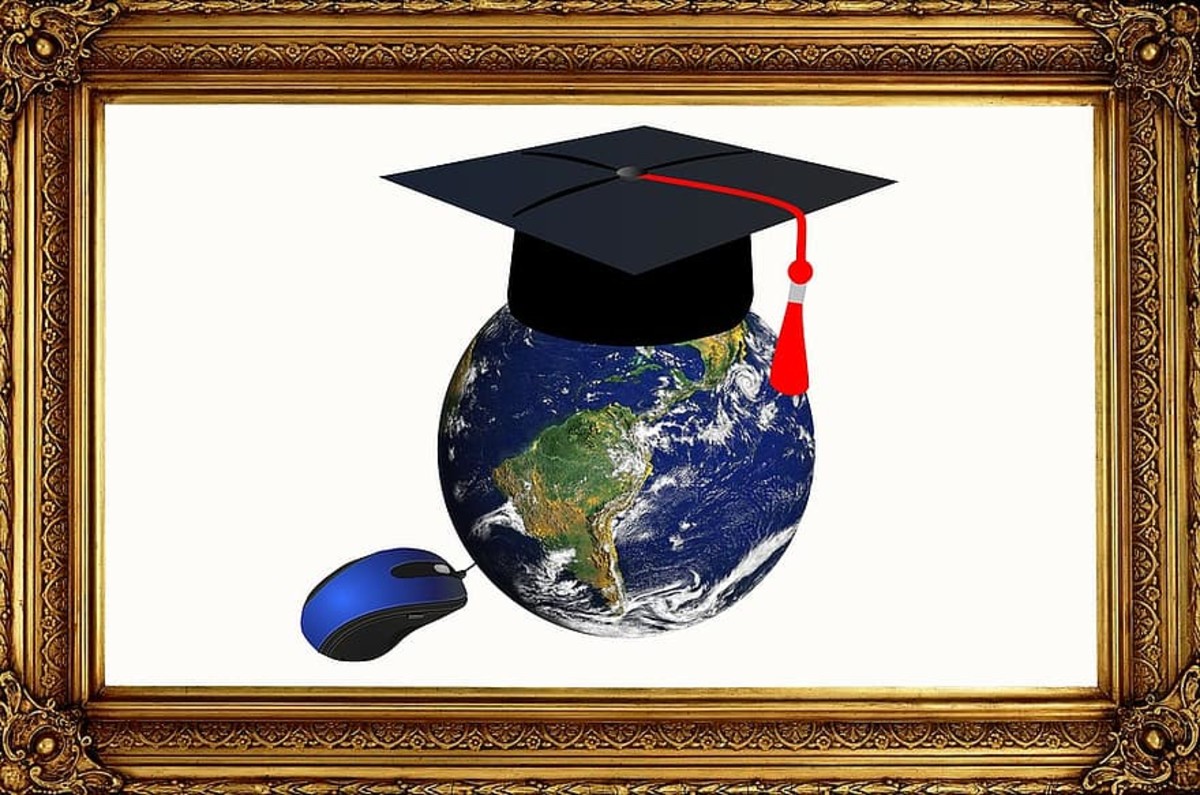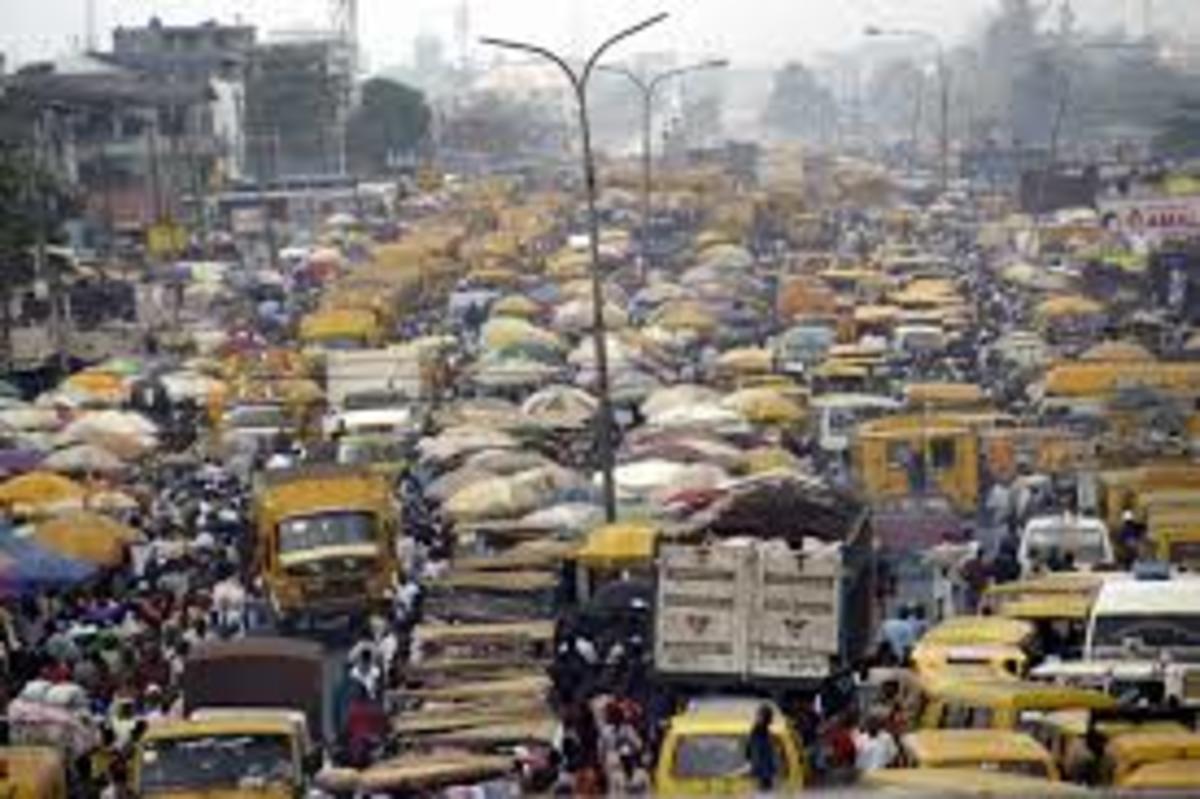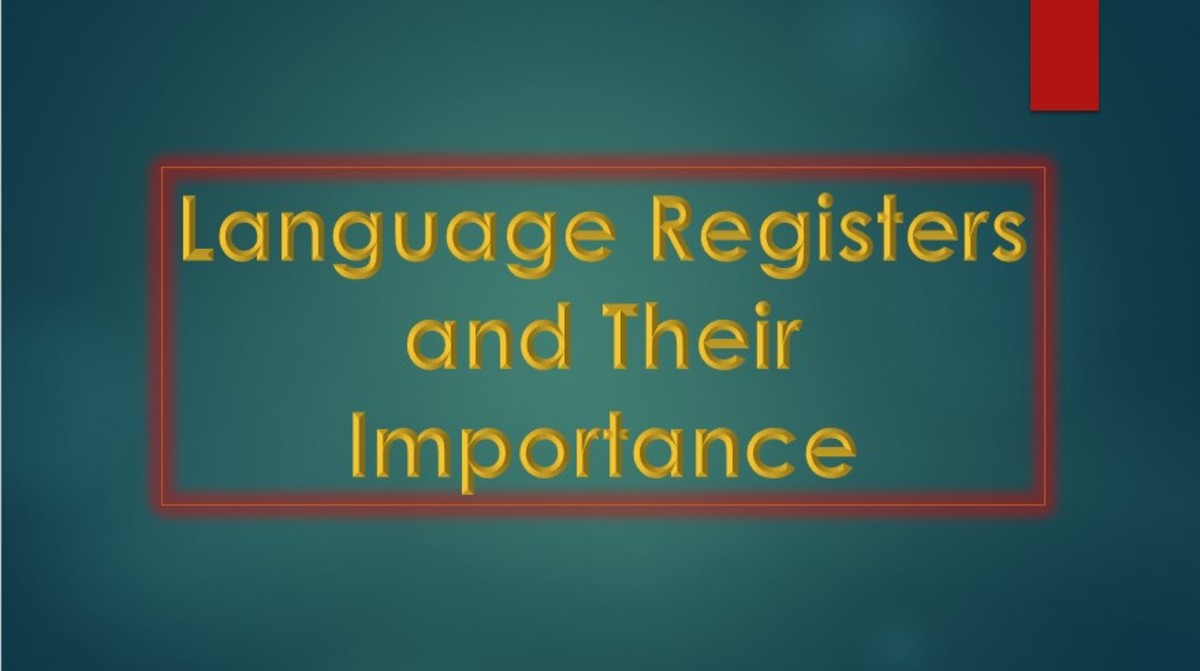Covid-19, Education, Internet and Private Sector Involvement
Lack of Access to Education During Covid-19 Lockdown
Working in the North West Province (NW) of South Africa, I observed that learners in rural areas had no sustainable access to formal schooling during the Covid-19 lockdown. In contrast to that, learners from private schools and some well-organised urban schools stayed on track with the curriculum, using a combination of online tools.
How can the private sector assist government through their Corporate Social Responsibility programmes, without stepping into the mandate of government?
Covid-19 and the lockdown caught everyone off guard. Still, some of the reasons for the above situation can be found within the school system itself. The other reason is the lack of ICT infrastructure in rural areas, and affordability of smartphones and data.
These observations are based on my own experiences and judgement. We work with groups of volunteers along the N4 (North West) from Pretoria to the Botswana Border. The two biggest challenges for these projects are:
- Access to affordable and reliable transport
- Access to affordable, fast and reliable internet
My assessment of the impact of Education is:
- The Equity Gap between privileged and under-privileged learners will become larger in 2020 / 2021. This is not only because of availability of direct funding, but are also impacted by:
- The general state of the school system in South Africa
- Support of the education system to teachers and learners, e.g.online lessons
- Lack of access to affordable, fast Internet
- Lack of access to the online tools
The impact of lack of access to affordable transport might not be immediately apparent. People in rural areas have to travel to resource centres, e.g. our volunteer team in Dinokana has to travel to the Postnet in Zeerust (30km from them) to send and receive documents.
Talking to teachers in the area, they do what they can for the Grade 12s, using cell phones. Without full online lessons and learners not all having access to smartphones anyway, they were severely limited in the support they could give learners. Then we are talking about Grade 12s only.
In an article called "Six Ways COVID-19 Will Shape the Future of Education" Shelby Carvalho and Susannah Hares predicts that after the 2020 Covid-19 experience, education will be severely affected, e.g.
- There’s going to be a lot less money
- Millions of children will not return to school
- Learning loss will exacerbate inequality
Should the private sector support the drive to bring fast, affordable internet to rural communities and schools to address this digital inequality? How would their mandate be different from that of government?
Mapping Poverty in South Africa
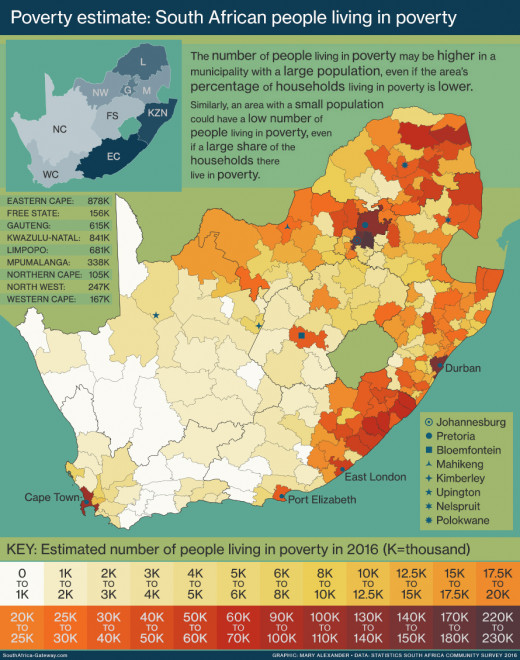
North West Province South Africa
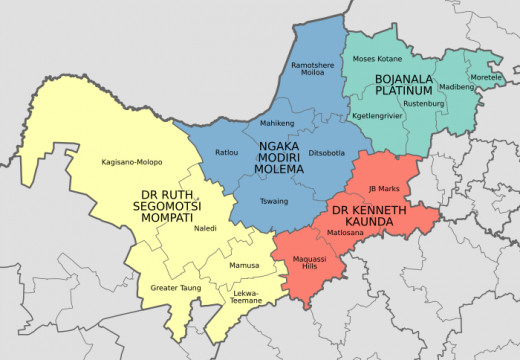
The State of Education in South Africa
An Amnesty International report, published in 2020, looks at the state of Education in South Africa.
According to this report, "thousands of pupils and teachers have to learn and teach in schools which have inadequate infrastructure and an absence of essential facilities". According to the government’s statistics for 2018, out of 23,471 public schools 19% had only illegal pit latrines for sanitation facilities; 86% had no laboratory; 77% had no library; 72% had no internet access and 42% had no sports facilities. "56% of South African head teachers report that a shortage of physical infrastructure (compared to an OECD average of 26%) is hindering their school's capacity to provide quality instruction. 70% report a shortage of library materials compared to an OECD average of 16%".
Although the focus of this article is on the role of ICT as a possible solution, these infrastructure issues limit the implementation of an effective ICT system. Other issues are:
- Electricity. Most schools have electricity, but the systems are often badly maintained with sometimes not all points are in a working condition.
- Insufficient classrooms and lack of teaching staff, both impacting on class sizes.
- Crime: Highlighted during lockdown, break-ins often happen, and the aim is usually to steal computers and similar resources.
Personally I have been in more than one school principals' office, where a hole in the ceiling was evidence of criminals forcing their way into the school building. Schools then have to keep computers and other valuable equipment in a safe, making it difficult to utilise a computer room to its full effect.
If improved ICT is to be a solution, these aspects also have to be addressed.
According to an Amnesty International report, South Africa has one of the most unequal school systems in the world. Children in the top 200 schools achieve more distinctions in mathematics than children in the next 6,600 schools combined. More than three quarters of children aged 9 cannot read for meaning in some provinces. Of 100 learners that start school, 50-60 will make it to matric, 40-50 will pass matric, and only 14 will go to university.
Break-ins At Schools
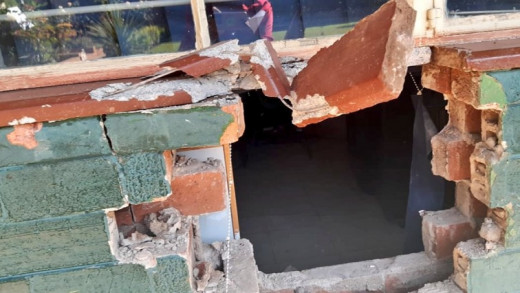
Rural Access to ICT Centre
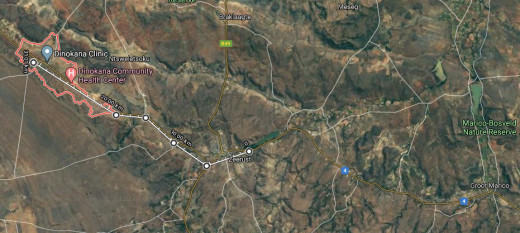
ICT in Rural South Africa
I have observed that there are many practical problems in the rural areas where we implement projects. Even though most of the volunteers have smartphones from which they can use Whatsapp, a small percentage can only communicate through Facebook Free. Even when the project provides data, that is expensive and runs out quickly.
The major practical problem however, is the weakness of the signal. For instance, we started and audio book club feature to development love for reading and critical assessment of literary texts. An audio recording of 11 MB cannot be enjoyed by the volunteers since it takes them a long time to download, restarting several times due to the weak signal and therefore taking more data.
The Independent Communications Authority of South Africa (ICASA) released "The State of the ICT Sector Report in South Africa" in March 2020. Although many indicators have shown improvement, rural area are still not serviced at the same level than urban areas.
Household access to the internet for our province of interest (North West) is mostly by using a mobile phone. For urban areas this access 68%, while only 47% of rural households had access to the internet through mobile phones. North West Province is also one of two provinces where rural areas access to internet through internet cafes and educational facilities is higher than for urban area (7.7%).
Data prices are also relatively high. One of our observations is that people would buy small data packages that they can afford, but which is in fact not cost-effective. They also mention that if they buy larger packages they lose out since the data run out even if not used.
Household access to the internet
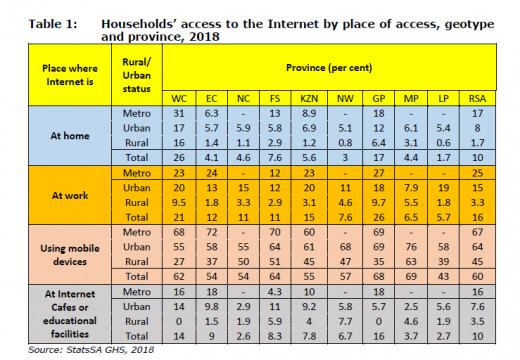
Prepaid data costs
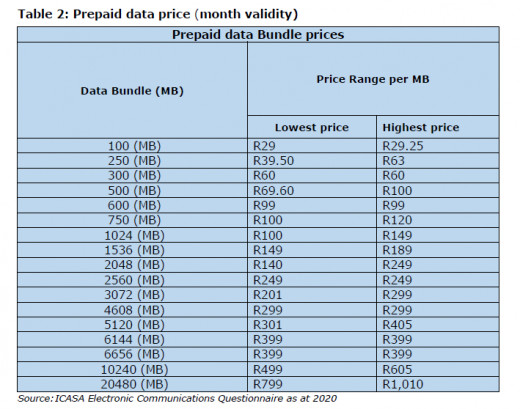
Mobile Internet Connectivity
Mobile internet connectivity is not, however, equitable;
"Just over 40% of the LMIC population (around 2.6
billion people) are connected, compared to almost
75% of the population in high-income countries. More
than half the world’s population are therefore still
unable to realise the social and economic benefits that
mobile internet can enable"
From: Connected Society. The State of Mobile Internet Connectivity 2019. GSMA
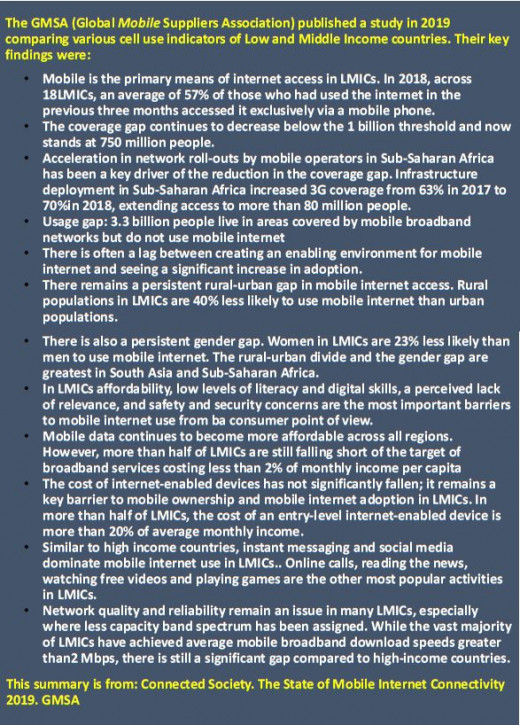
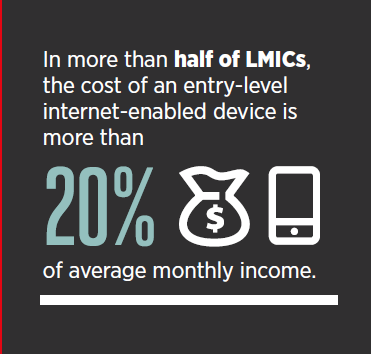
South African Schools with Access to Internet 2019
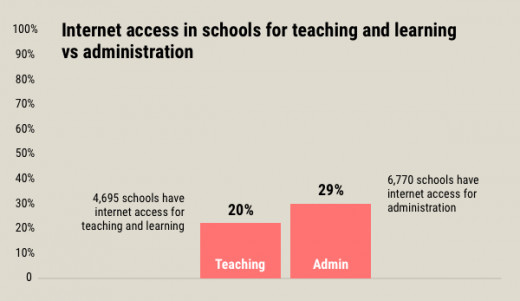
Contribution of Cell Providers and USAASA
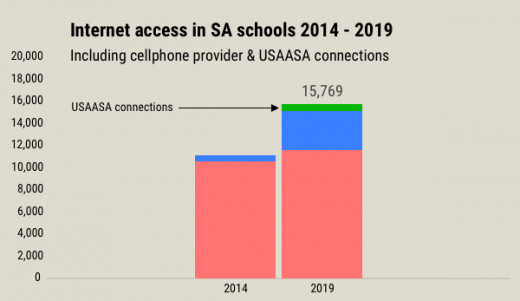
Fast Affordable Internet
- Community Development and Health Projects delivered by NPOs and Corporate Social Responsibility Partnerships
In terms of community projects, fast and affordable internet would solve the delivery of project products,e.g. sharing of documentaries made by volunteers; they would be able to do more research and it would greatly enhance communication between themselves and project implementers; virtual technologies would make it possible to have group meetings and even workshops, using ICT; and online training modules can be included in the offerings.
- Schools
Of the almost 24 775 schools in South Africa it is estimated that in total, 15 768 had an internet connection. It seems though that less than half of those has a learning focus with most aimed at administrative access.
It is not known whether the connections they do have, are actually appropriate for ICT enhanced learning.
So what is needed to connect schools?
A publication by the Internet Society (Internet for Education in Africa
Helping Policy Makers to Meet the Global Education Agenda Sustainable Development Goal 4 ) gives a useful policy framework for regulators to follow. It is important that government provides a framework for ICT that could enable Private Public Partnerships.
Policy makers and regulators need to:
- address infrastructure investment, fostering entrepreneurship and skills, and promoting supportive governance;
- ensure affordable broadband connectivity is available to schools
- extend access to electricity, that often constrains the use of Internet for learning.
- create an enabling environment for private sector investment in infrastructure and content and set the principles and rules that promote services, applications and human capacity development
- ensure that teachers are given a prominent role, their skills upgraded, and incentives put in place to reward their efforts in ICT integration in teaching, learning and assessment processes
- participate in the global efforts for promotion and exchange of Open Educational Resources (OERs) as outlined in the Paris Declaration of OER.
- support local efforts that promote creation, adaptation and exchange of learning resources
- give attention to gender equity and unconstrained access to learning powered by technology to disabled people
- support all technical, legal and institutional means to reduce risks to children
- stimulate NRENs ( National research and education networks) by supporting access to broadband infrastructure, and ensuring that budgets for NRENs are allocated centrally.
- ensure that NRENs and schools have access to high bandwidth under favourable commercial terms (Low bandwidth does not support interactive learning)
- Policy makers need to invest in data gathering on ICT access and use by students and teachers, and support centers of excellence that undertake research and disseminate it to improve learning from previous experiences
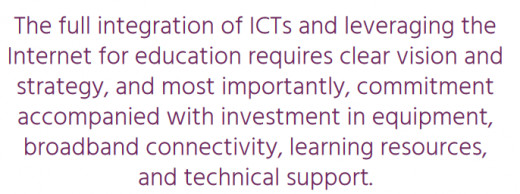
Corporate Partnerships For ICT
During the Covid-19 lockdown, some schools were already more successful than others in ensuring access to the internet for their learners. In some instances this included assistance to households who could not afford the data or the devices. One such example is the Curro Independent School Network.
Curro has worked with Microsoft to use the Microsoft Teams as basic platform for all teachers and learners and encouraged sharing of learning across their schools.
It is important that private sector and government find ways to accelerate the development of an enabling environment for education to add digital solutions to teaching.
An example of an ICT Project in a community is a fibre network in Dudfield, a small town in the North West Province, which was built by TrueCom. Truecom is a telecommunications company based in Ventersdorp which has rolled out an extensive broadband network in the North West province.
The freedom which uncapped 100Mbps fibre offered community members is apparent. They cut their expensive DStv connection in favour of Netflix and YouTube, and the children, although still very young, are completely digitally literate. Their entertainment moved from watching television to online activities
Although they live in a remote rural village, they are as connected to the world as their counterparts in major cities.
100Mbps fibre in the middle of nowhere
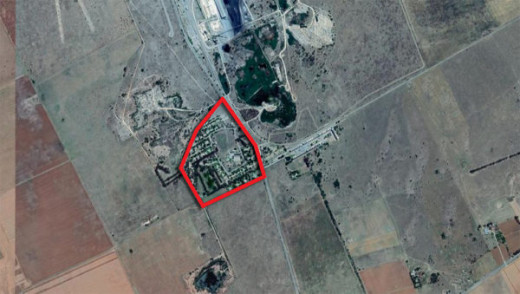
Corporate Social Responsibility and ICT for Education
PROCESS
| PUBLIC PRIVATE PARTNERSHIP
|
|---|---|
Reliable electricity provision and the school infrastructure needed to ensure that
| Eskom, Private power generation companies (e.g. renewable energies) for provision of electricity and infrastructure for renewable energies Public Works for provision and general maintenance. Infrastructure / Construction companies
|
Security should be provided to make sure equipment is not vandalised or stolen
| Government, School government, South African Police, Private security companies, community policing
|
Infrastructure to ensure broadband connectivity
| Wireless, Satellite and Fibre providers, depending on context
|
Affordable data packages
| Cell and internet providers (could be same as above) Government support to ensure affordability
|
Internet solutions suitable for specific education purposes, which might differ in terms of urban/rural and socio-economic contexts
| Internet Consulting services, Good practice sharing between schools / institutions with successful programmes
|
Learning Resources, Content and Applications
| Department of Education Subject Specialists; Research Institutions and Education Specialists; Various corporates can support different themes, e.g. engineering company could support maths and physics, universities could support languages. National textbooks and products. Adaptation of Open Education Resource. International NPOs and donors
|
Support to clubs, societies, youth organisations
| Organisations making use of the school or are situated close to the school might benefit through ICT Provision
|
Integrated Education Solutions, (delivery methods rather than content)
| Department of Education Subject Specialists; Research Institutions and Education Specialists, Online learning institutions. Good practice sharing between schools Testing and examination practices and technology solutions
|
Teacher Professional Development and Capacity building for school decision
| Short-term training for teacher on how to integrate ICT with in-class methods, culminating in long-term inclusion in the curriculum. Workshops / training sessions for principals to understand ICT contexts and importance
|
Safety, Privacy and Child Protection
| Legal frameworks, technical solutions, and protocols. NPOs
|
Data collection in ICT investments and use, and Evaluation
| Research Institutes and Universities - research on successful uptake of ICT solutions
|
In Conclusion
In conclusion:
There is a backlog in terms of infrastructure provision and maintenance for schools, different school management issues and lack of professional develoment of teachers. This places barriers to the development of ICT in rural areas.
However, ICT could be the enabling factor to assist rural learners and communities to stay on par with their urban counterparts. For that to happen, government must implement enabling policies and make funding available.
The Cell phone industry has played a major role in the growth of internet access and could continue to be a major role player through provision of satellite and fibre infrastructure and providing affordable packages.
Infrastructure provision should be enabled by the Department of Public Works, road and other construction companies. The mining industry has also been active in the past in the provision of community, health and education infrastructure.
Energy provision companies (both Eskom and Private Sector) should become involved with the ICT sector to ensure sustained power to ICT centres and to schools.
Due to the Covid-19 pandemic international donors might not invest in the education sector of low- and middle income countries in the next 2 years and the main task should be on local providers.
In terms of content provision for online learning, teacher training, parent support and training, and provision of tablets and laptops to learners, many corporates could integrate their specific themes of interest to assist the Department of Education to assess available products, or develop new education products, that could be implemented in schools.
Research Institutions and Universities should focus on education delivery - what works and what does not, and how can teachers assess learners fairly.
A good teacher remains one the scarcest, but most important resources and teacher development should be at the centre of any solution.
Bibliography
Broken and Unequal. The State of Education in South Africa. Amnesty International 2020
Connected Society. The State of Mobile Internet Connectivity 2019. GSMA
Only 20% of SA schools connected for learning
Internet for Education in Africa. Helping Policy Makers to Meet the Global Education Agenda Sustainable Development Goal 4May 2017. internetsociety.org
Broadband Internet access for rural Africa: finding a viable model
Alwyn J. Hoffman and Dawid P. de Wet.
Curro Schools.https://news.microsoft.com/en-xm/2020/04/21/making-remote-learning-more-connected/
https://mybroadband.co.za/news/broadband/356391-satellite-internet-will-take-on-fibre-and-lte-in-south-africa.html
https://mybroadband.co.za/news/fibre/317767-100mbps-fibre-in-the-middle-of-nowhere.html
STATSSA. Social impact of COVID-19 (Wave 3): Mobility, Migration, and Education in South Africa. 27 July 2020
This content is accurate and true to the best of the author’s knowledge and is not meant to substitute for formal and individualized advice from a qualified professional.

